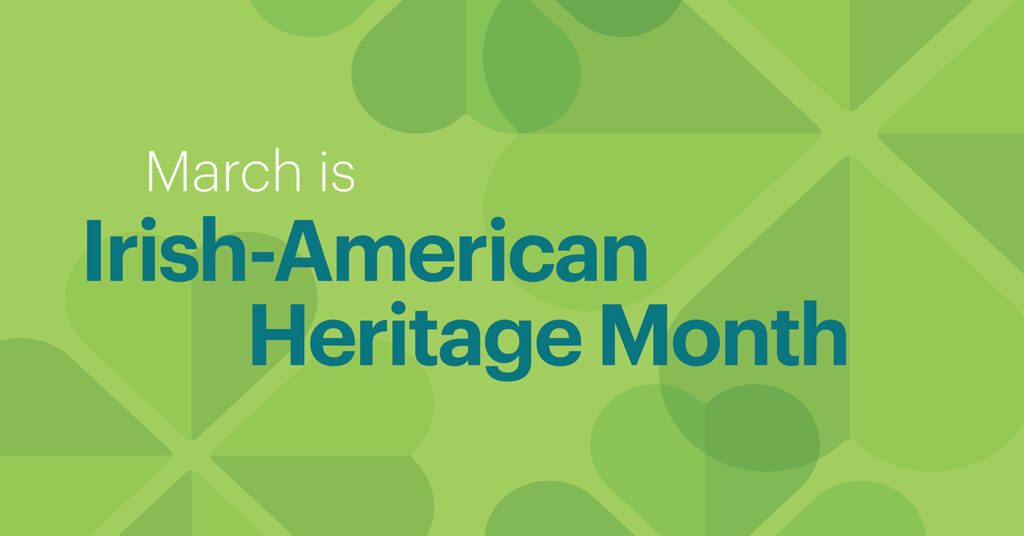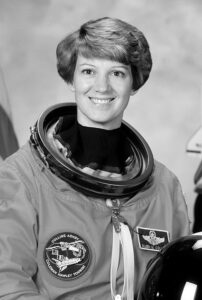
In 1991, President George H. W. Bush issued the first proclamation designating March as Irish-American Heritage Month. However, the first recorded celebration of Irish-American Heritage in the United States dates back to 1762 with a parade in New York City. The annual tradition of the Presidential Proclamation continues today with the “Taoiseach,” the top political figure in Ireland, visiting the Oval Office to conduct a shamrock-giving ceremony, followed by a reception with the president and other members of both governments.
American Workforce
When the Irish immigrated to America, they were seen as unskilled and uneducated, forcing them to take on dangerous labor that was avoided by other workers, such as railroad construction and coal mine jobs. The working conditions were so harsh that many Irish-American laborers died due to the dangerous nature of the work. As first-generation Irish-Americans continued to work hard and become educated, second and third generations had an easier time finding work that required more skill and education. Eventually, Irish Americans were able to climb the occupational and social ladders to become policemen, firemen, teachers and political figures, amongst many other professions.
Irish immigrants who worked in New York played a large part in the Brooklyn Bridge construction and the building of New York’s entire subway system. As many of these workers were out of sight (underground building the subway tunnels), they were not initially recognized in playing such a large part in New York’s transportation system. The people went about their day unaware of the hard and dangerous labor many Irish immigrants performed just beneath them. Later on, many have said the Irish immigrants “built New York from the ground up.”
Although Irish immigrants took on jobs that no one else wanted, they were discriminated against in the workforce, often getting paid very low wages and unable to apply for better jobs. The phrase “Irish need not apply” was commonly seen on job listing ads for better work. As Irish-Americans were no strangers to hard work and discrimination, they contributed largely to the American labor movement, “championing safe working conditions, advocating for children’s rights, and fighting racism, prejudice, and income inequality.”
Spotlight: Eileen Collins

Eileen Marie Collins was born November 19, 1956, in Elmira, New York. Her parents immigrated to America from Ireland and encouraged her to earn her pilot’s license while she was in college. Eileen realized her dream at a young age and when she was old enough to begin working, she took a job as a waitress to pay for her own flying lessons. In April of 1989, NASA was prepared to select a class of astronauts. Nearly 2,500 applications were received. Eileen Collins had not yet graduated from the USAF Test Pilot School, so she applied for a mission specialist. After interviews and examinations, in January 1990 NASA informed Collins that she was accepted as a pilot, informing her “you will be the first woman to pilot the Space Shuttle!” Collins was one of 23 astronaut candidates selected for NASA’s Astronaut Group. After she became the first woman pilot in NASA, two more women followed in Collins’s footsteps, joining NASA in the 1990s.
Ten years prior to receiving her Master of Arts degree, she made history when she became the United States Air Force’s first-ever woman flight instructor. She went on to become an astronaut and the first woman to command a U.S. spacecraft in 1999. In 2005, Collins retired from the Air Force with the rank of colonel. Throughout her career, she received many awards including NASA Outstanding Leadership Medal, Free Spirit Award, and the National Space Trophy. In 2006, Collins retired from NASA to pursue personal interests.


